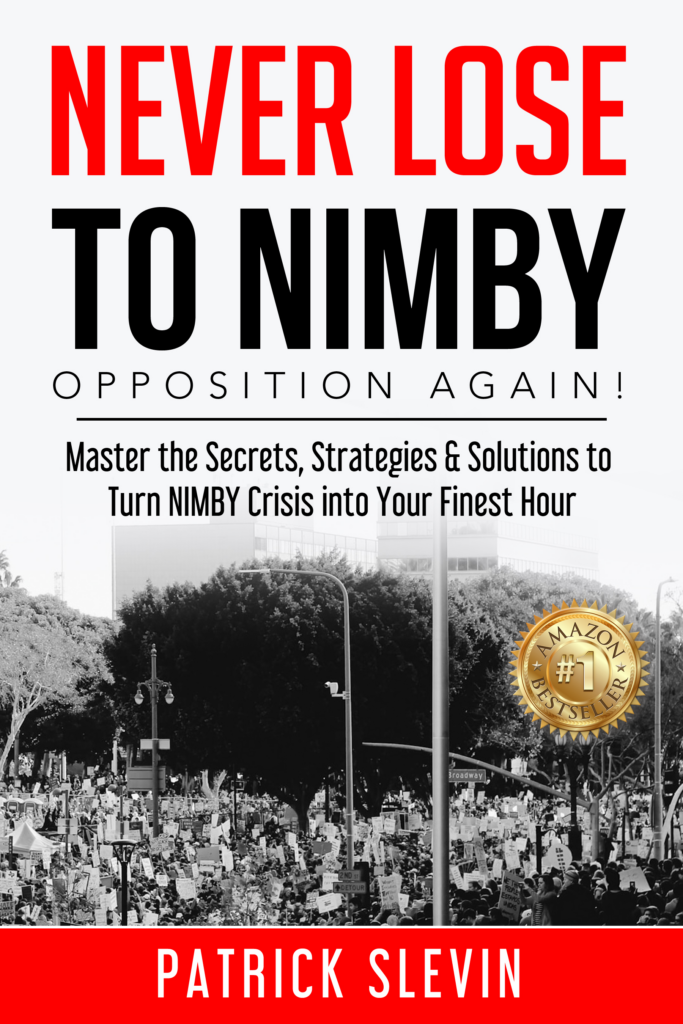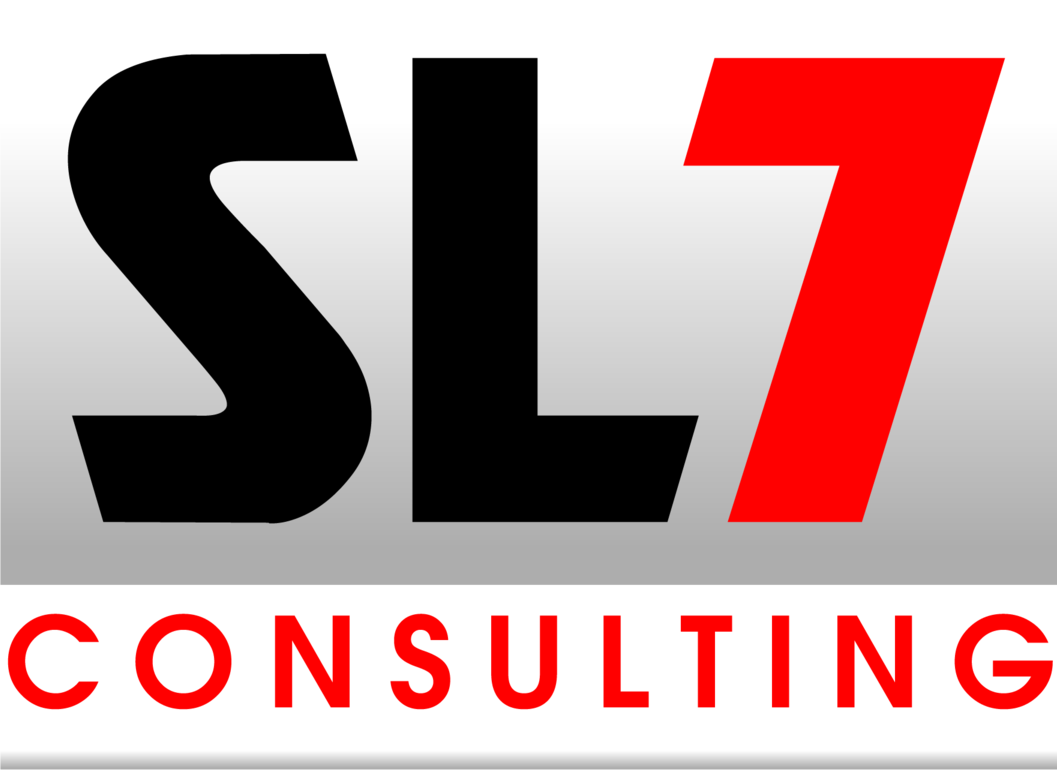(This article is an excerpt from Patrick Slevin’s #1 Amazon bestselling book, Never Lose to NIMBY Opposition Again! published in 2021.)
I’m going to share with you a BIG secret that’ll change how you engage a NIMBY crisis as well as the community-at-large to win more approvals for controversial projects. I’ve kept this secret close-to-the-vest going back to my experiences as a Florida mayor in 1990s, which has brought me consistent success in neutralizing NIMBYism on the behalf of my clients for decades.
The secret is multi-faceted, and it begins with the knowledge that NIMBY opponents instigate conflict to generate crisis. Conflict is the top X-factor in how NIMBY opponents consistently and successfully disrupt, delay, and defeat great projects regardless of industry. Don’t believe me? Look to local newspapers for the evidence hiding in plain sight.
It’s no coincidence that the David v. Goliath narrative replays itself thousands of times, every year, in local media reports across the country. A controversial project almost always is placed above the fold, if not the driving headline for local newspapers, or one of the top three stories in the six o’clock news.
Whether it’s homeowners fearing change, special interests (environmentalists, preservationists, conservationists) advancing an anti-development agenda, political opportunists seeking office, or competitors protecting their market share, the secret to how NIMBY opponents consistently defeat sustainable projects, is creating crisis through public conflict.
What does this conflict achieve, you may be asking? It generates negative publicity, amplifies fearful emotions, emboldens the opposition, negatively defines the project, puts the developer on the defensive, alienates project allies, and most importantly, causes political anxieties for public officials. You can compound the negative impacts of conflict when controversy surrounding your project occurs during an election year.
There’s No Crisis If There’s No Conflict
The first rule in crisis management is not to make a bad situation worse. In the case of NIMBY crisis, it’s not giving your opponents an opportunity to perpetuate the conflict. Simply put, you’re better served resisting the tendency to fight fire-with-fire, which puts your projects in a combative posture in the public square i.e. don’t give them the platforms to attack you!
A perfect example is a town hall meeting. Nine out of 10 town halls turn into Jerry Springer episodes where the opposition hijacks the developer’s venue. Town halls and public hearings offer the perfect platforms for conflict between applicants and project opponents, and the developer typically comes out looking like the bad guy.
Unfortunately, developers have been misled by so-called NIMBY experts and their “how-to” publications. Too often, the experts in their publications and counsel recommend a fighting fire-with-fire campaign including grassroots advocacy, direct mail, paid media, PR offenses, and coalition endeavors. Not to say these engagements are unnecessary or useless, but without the new knowledge (conflict drives crisis) established here, applicants were misled to confront the opposition, unknowingly playing right into their hands, and ultimately working against themselves.

The secret to Never Lose to NIMBY Opposition Again! is understanding the revelation that conflict sustains NIMBY crisis threatening your projects. When there’s no controversy, then the public isn’t as hyped against change, and emotions and fear have a chance of being superseded by logic and facts.
This blog article is an excerpt from Patrick Slevin’s #1 Amazon bestselling book, Never Lose to NIMBY Opposition Again! published in 2021.
To get your FREE copy of his book click HERE and use Promo Code: NIMBYSecret1. You pay a small shipping and handling fee of $7.95.
